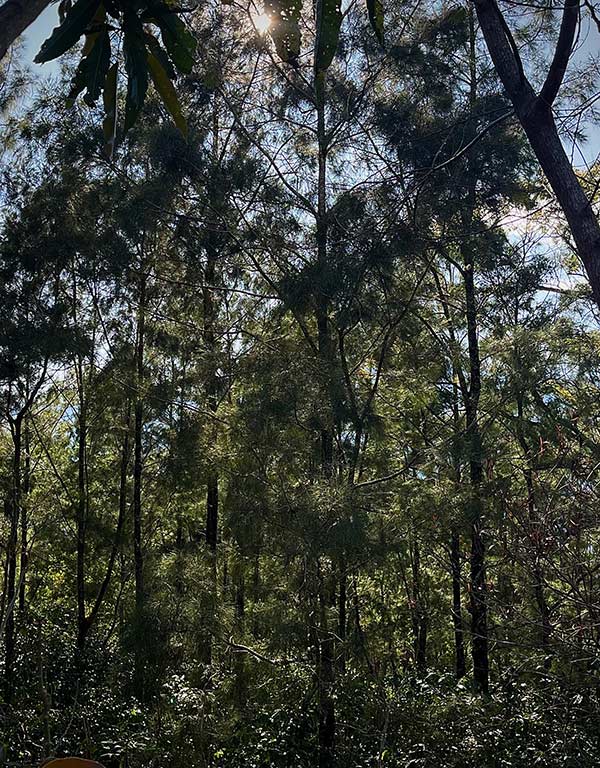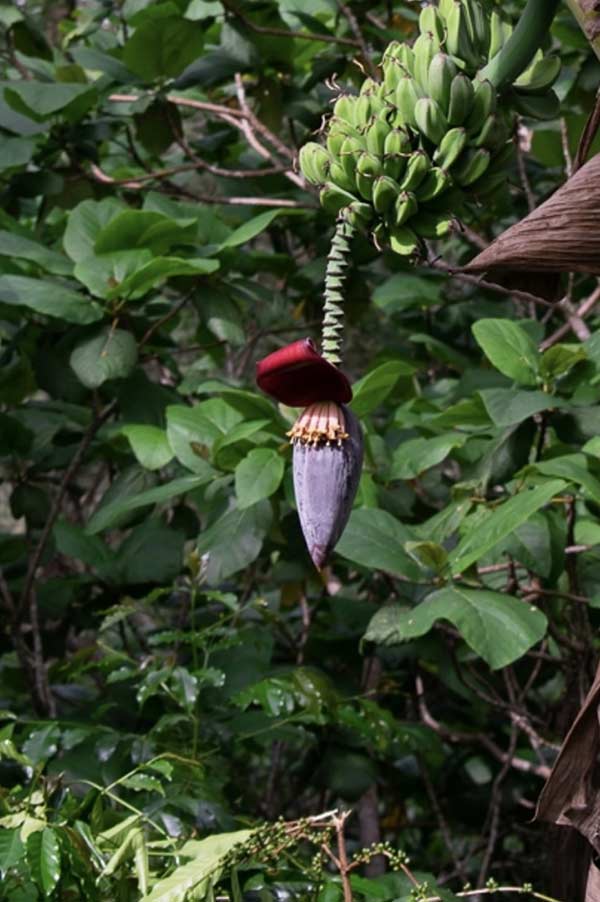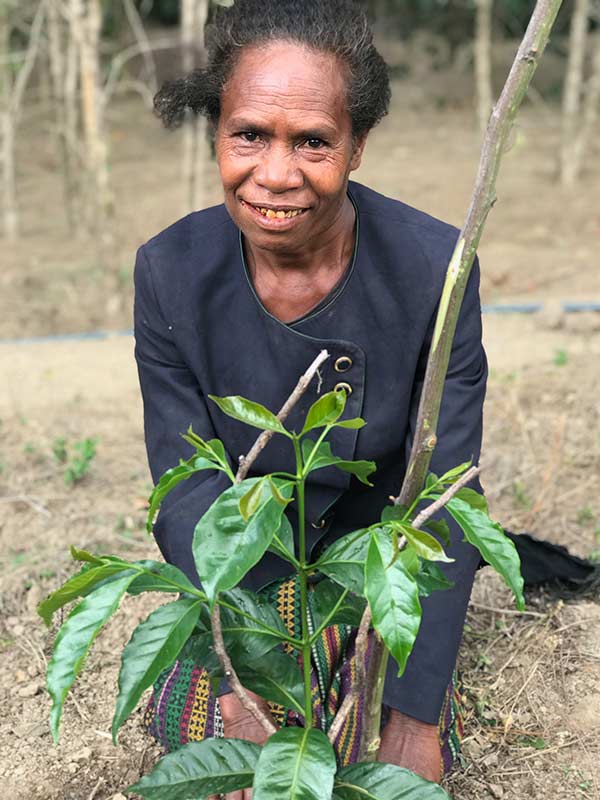WHY TIMOR-LESTE
What makes East Timorese coffee so special? First and foremost, we believe that it’s the people and their unique relationship with their surrounding environment. Although the East Timorese identify as Catholic (brought to the island during Portuguese colonisation), traditional animistic beliefs are still widely practiced and this sets the tone for our partner farmers relationships with ‘natureza’ (Mother Nature) and the importance of respecting the land where their coffee comes from.
Shade Grown
All our coffee is grown under a canopy of leguminous shade trees which lay the foundation for a cool environment upon which the coffee cherries can slowly mature. The leaves and pine needles from these trees also contribute to providing additional nutrients into the soil when they fall at the end of the dry season. Leguminous trees such as the ai-kakeu (Casuarina) and ai-samtuku (Albizia) play an important role in the production of nitrogen within their root system, which is a crucial ingredient to aid plant and soil health. Additionally, the canopy of shade trees provides a biodiverse eco-system which is home to many other indigenous animals including a thriving bird population which enforce natural pest control.


Intercropping
The average farm size of the farmers that we work alongside is 1.4 hectares and when we say farm, we really mean small forest. ‘Ba kafe laran’, (go into the coffee) is a phrase you will hear everyday in Letefoho and it is used when members of the community go into their forests to tend to their coffee plants and also to harvest other crops that are interspersed and grown alongside the coffee. These include sweet potatoes, yams, avocados and bananas which will serve mainly as daily food staples with any excess produce being sold at market for secondary income. With limited access to health care, many communities still rely on traditional medicines and these are also grown within the space of the coffee forests.
Organic Fertiliser
Cherry skin, chicken (or cow) poo and soil are the three core ingredients for the fertiliser that our partner farmers use on their coffee trees. The cherry skins are collected after pulping throughout the harvest and added to a compost pile. The other two ingredients are later added and left to turn into a lovely mulch that is then added to the base of the coffee trees before the rainy season starts. This concoction delivers much needed phosphorous to aid in the development of flowering and potassium which keeps roots healthy and offers protection when the soil is more arid during the dry season.
Timor-Leste’s complicated history and subsequent lack of development is another contributing factor as to why chemical fertilisers have not been introduced in agricultural practices. The fact that all coffee in Timor-Leste is organic by default is a big plus for the country and a unique selling point that up until recently, very few people were aware of.

Hybrido de Timor
Another unique quality about East Timorese coffee is the combination of Typica and Hybrido de Timor varietals that produce the deliciously sweet cherries that are used in our coffees. Of particular significance is the Hybrido de Timor, a natural occurring hybridisation between C. Arabica and C. Canephora, Providing all the exceptional taste benefits of the former and the resilience of the latter, this plant was first discovered in 1917 although it wasn’t until 1975 that serious research took place to discover more.
The Hybrido de Timor has since gone on to become a popular cultivar and now serves as the genetic foundation for many disease-resistant arabica cultivars commonly referred to as Sarchimors and Catimors. As climate change presents more challenges to the global coffee community, the need for resilient plants has never been stronger and the role of the Hybrido de Timor may be integral in helping us to adapt.



